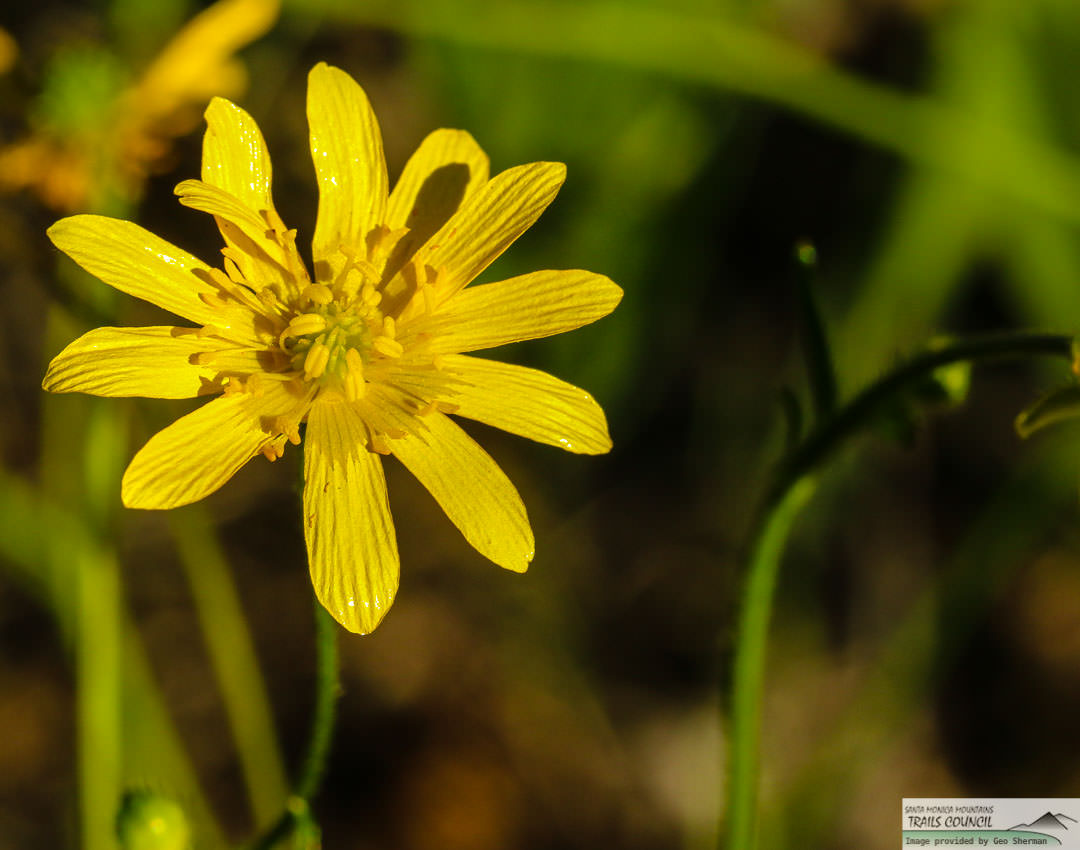

For the most part, cats choose correctly and benefit from the fiber and nutrients from the plants and grass. Greenery can also be used for medicinal purposes when a cat has an infection.Ĭats can generally instinctively distinguish between toxic and non-toxic plants. Often eating grass or plants around the yard can help digestive problems and loosen undigested food. Boredom or curiosity in cats can lead to the same outcome.Īnother reason why cats eat plants is that it’s instinctual and, therefore, quite common to see in cats of all ages. Once caught, it’s not uncommon for them to bite, chew, and shallow the plant. If they see a flower blowing in the wind, they’re likely to try to catch it as they would with their feather wands during playtime with their owners. Often, kittens with high levels of energy will find just about anything to play with.

We know cats are obligate carnivores who need a high protein diet, primarily consisting of animal protein, so why do they sometimes eat plants and are at risk of poisoning? Well, there are a few answers to this question.įirstly, the age of a cat can have a role to play. Unfortunately, even this flower’s pollen can cause harmful effects on your cat. As new flowers blossom in your yard, it’s important to be able to identify them as some can be highly toxic to your cat, as well as other pets you may have in your home.Īlthough dainty and beautiful, Buttercups can cause a lot of damage to your cat’s little body if they decide to munch on them for self-treatment or digestive purposes. As much as we look forward to the change of season, we also need to be mindful and proactive in keeping our cats safe from the dangers that accompany it. The temperature starts to rise, and color begins to sprout all around. All other images appear courtesy of Google ().The information is current and up-to-date in accordance with the latest veterinarian research. Individual species images that appear with a number in a black box are courtesy of the network ().Individual photo author credits may not be included due to the small display size of the images and subsequent difficulty of reading the provided text. Freckmann Herbarium and the USDA PLANTS Database. Herbicides can be effective.Ĭredits: The information provided in this factsheet was gathered from the Alberta Invasive Plants Council, the Robert W. Close mowing prior to flowering, hand-pulling (be sure to wear gloves due to toxicity). Monitoring and rapid response: Pastures should be ploughed and reseeded. Anthony's turnip/Bulbous buttercup ( Ranunculus bulbosus) Littleleaf buttercup ( Ranunculus abortivus). Similar species: Creeping buttercup ( Ranunculus repens) St. Stems: Erect hollow sometimes hairy highly branched in the upper part of the plant grows to 90 cm tall.įlowers: Bright yellow, 5-parted, 2/3-1 1/4 in wide, normally 5 sepals, shiny petals broadly obovate and twice as long as the sepals blooms May through October.įruit and seeds: Clustered, prickly, can attach to hair and clothing, tiny, black in color, produces 250 seeds, viable for 2-4 years.

Leaves: Basal and stem leaves much the same shape, mostly found below the middle of the stem, kidney-shaped, deeply 3 lobed then cut or toothed.

Habit: Erect perennial 10-40 in tall hairy forb. Causes irritation or blistering of the skin. Description: Contains a bitter, irritating oil called protoanemonin that is toxic.


 0 kommentar(er)
0 kommentar(er)
